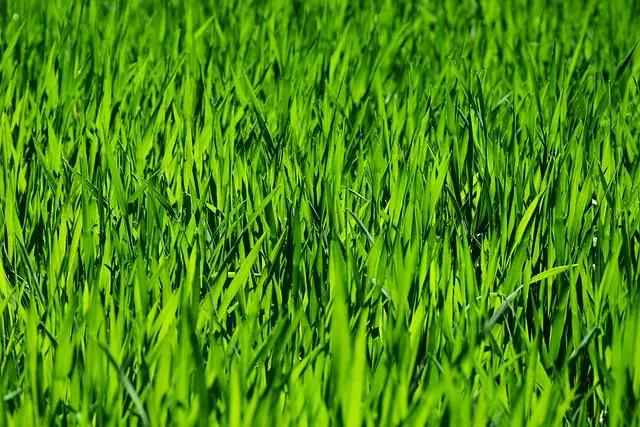Understanding your lawn's unique water needs is vital for efficient Lawn Care and Landscaping. Varied grass types, soil compositions, and sun exposure require tailored irrigation. This can involve sprinkler systems or drip irrigation to ensure optimal hydration and conserve water. The installation process includes strategic planning, digging, piping layout, valve connections, and testing for a leak-free system. Regular maintenance ensures the lawn's health and vibrancy year-round.
“Elevate your lawn care and landscaping game with an efficient irrigation system installation. Understanding your lawn’s unique water needs is key to successful irrigation, ensuring every blade receives adequate hydration. This guide explores various types of irrigation systems—from traditional sprinklers to innovative drip methods—to suit any landscape.
We’ll walk you through the installation process, from initial planning to routine maintenance, empowering you to create a thriving lawn and garden all year round.”
- Understanding Your Lawn's Water Needs: A Foundation for Efficient Irrigation
- Types of Irrigation Systems: Sprinklers, Drip, and More for Optimal Landscaping
- Installation Steps: From Planning to Maintenance for a Thriving Lawn and Garden
Understanding Your Lawn's Water Needs: A Foundation for Efficient Irrigation

Understanding your lawn’s water needs is a fundamental step in designing an efficient irrigation system. Every lawn is unique, with varying grass types, soil compositions, and sun exposure levels that influence how much water it requires. Proper lawn care and landscaping practices begin with identifying these specific needs to ensure optimal hydration without wastage. For instance, some grasses thrive in full sun, demanding more frequent but shorter watering sessions, while shade-loving varieties may need less intense but more sustained moisture.
By assessing your lawn’s microclimates—areas with varying sunlight exposure and topography—you can tailor irrigation schedules and methods accordingly. This foundation of knowledge allows for the installation of an irrigation system that delivers precisely what your lawn needs, promoting lush growth while conserving water resources. Whether you opt for a drip system for targeted delivery or a sprinkler setup for broader coverage, understanding your lawn’s thirst is key to making informed decisions in lawn care and landscaping.
Types of Irrigation Systems: Sprinklers, Drip, and More for Optimal Landscaping

When it comes to lawn care and landscaping, choosing the right irrigation system is key for a lush, vibrant yard. There are various types available, each with its own advantages, catering to different needs and preferences.
Sprinkler systems are a popular choice due to their efficiency and ability to cover large areas evenly. They use a network of pipes buried beneath the soil surface, releasing water through sprinklers at strategic points. This method is excellent for establishing new lawns or maintaining extensive landscapes. On the other hand, drip irrigation is a more precise approach, delivering water directly to plant roots via small emitters placed along pipelines. It’s ideal for drought-prone areas, as it conserves water by minimising evaporation and leakage. Additionally, micro-drip systems can be designed for specific plants, ensuring optimal hydration while reducing waste.
Installation Steps: From Planning to Maintenance for a Thriving Lawn and Garden

Irrigation system installation is a multifaceted process that requires careful planning and execution to ensure optimal lawn care and landscaping. The journey begins with meticulous preparation, encompassing site assessment, soil analysis, and determining the most suitable system for the garden’s unique needs. This involves considering factors like climate, grass types, and available space to lay pipes efficiently. Once the design is finalized, the installation can commence, typically involving several key steps. First, dig trenches or valleys to accommodate the piping network while ensuring proper drainage to prevent waterlogging. Next, lay the pipes according to the planned layout, connecting them to the main water supply and installing control valves for precise water management. Then, equip the system with sprinklers strategically placed to cover every corner of the lawn evenly, promoting lush growth. Finally, test the entire setup meticulously to identify and fix any leaks or malfunctions before initiating regular maintenance routines to keep the lawn thriving year-round.
Irrigation system installation is a significant step in achieving robust and vibrant lawn care and landscaping. By understanding your lawn’s water needs and selecting the right type of irrigation system, you lay the foundation for efficient watering that supports lush growth. Following the installation steps outlined in this guide ensures optimal performance and longevity, allowing you to maintain a thriving lawn and garden throughout the year. Remember, proper irrigation is key to the health and beauty of your outdoor space.
